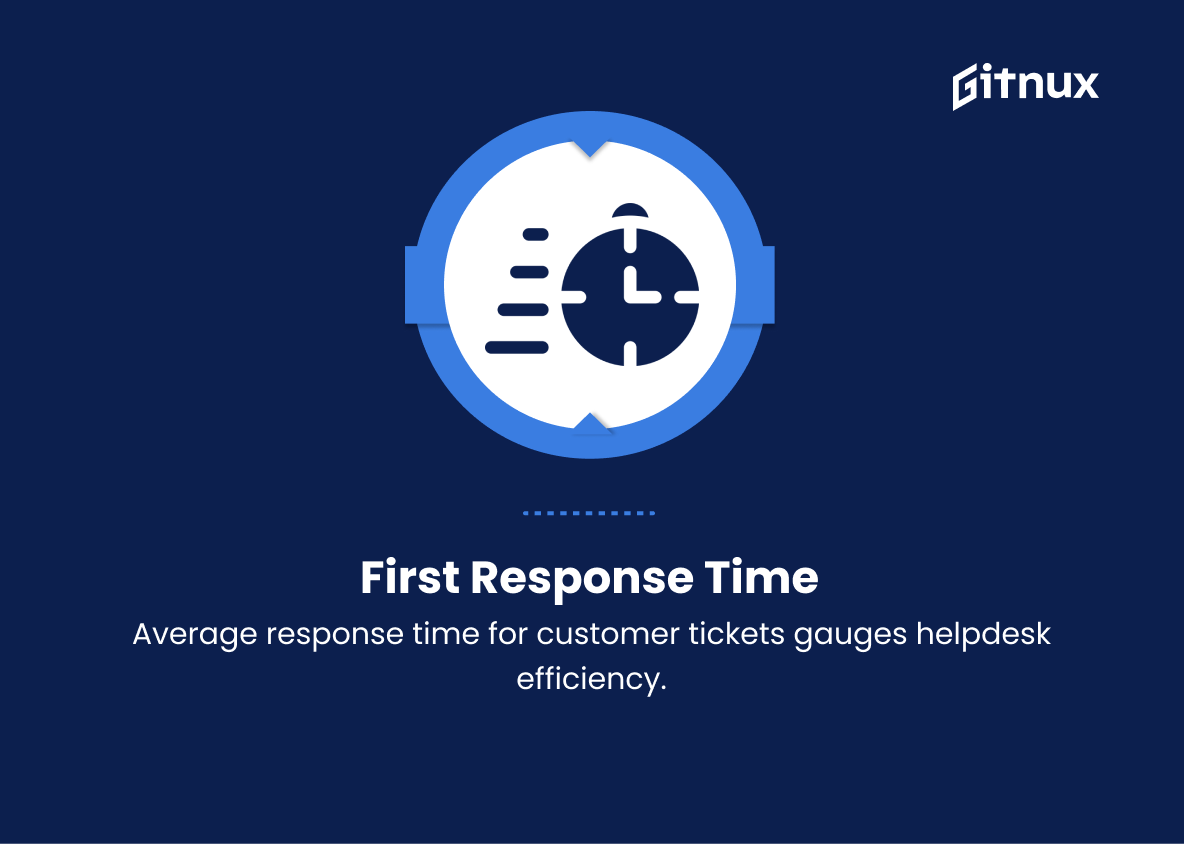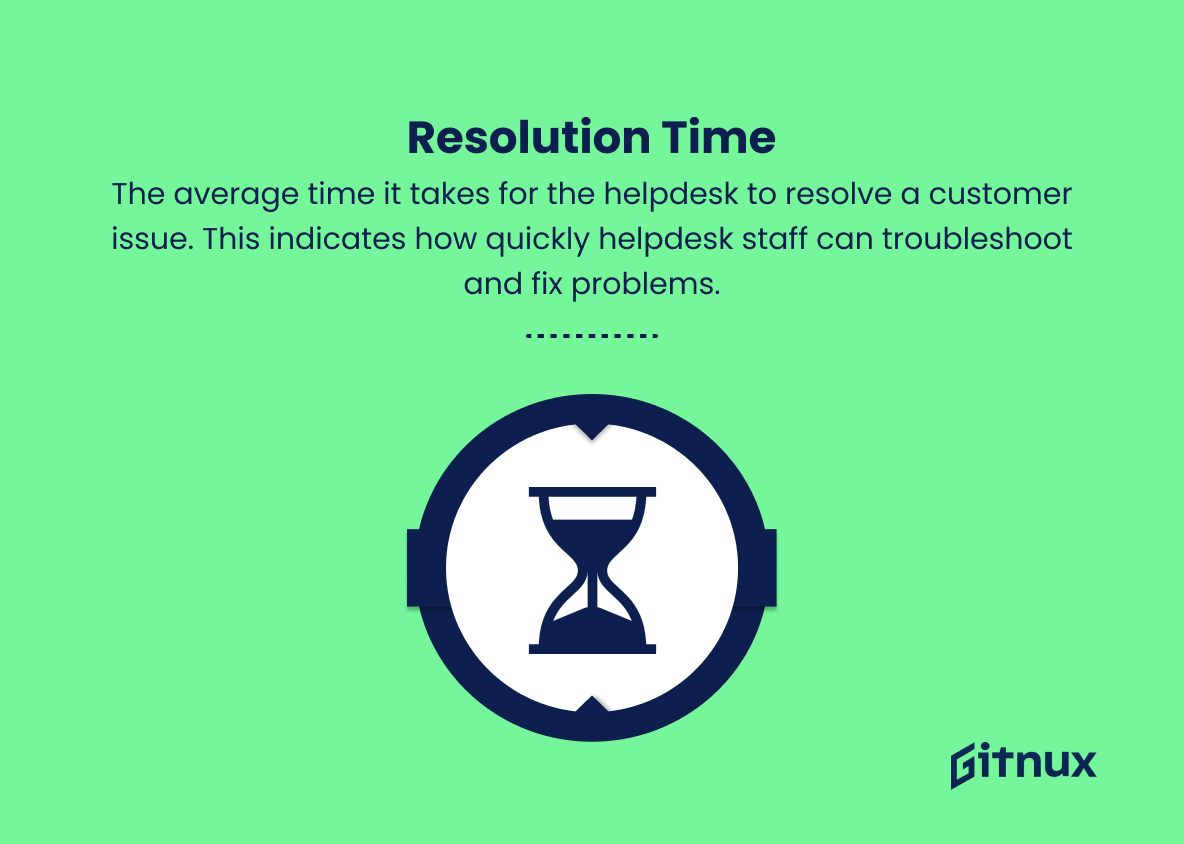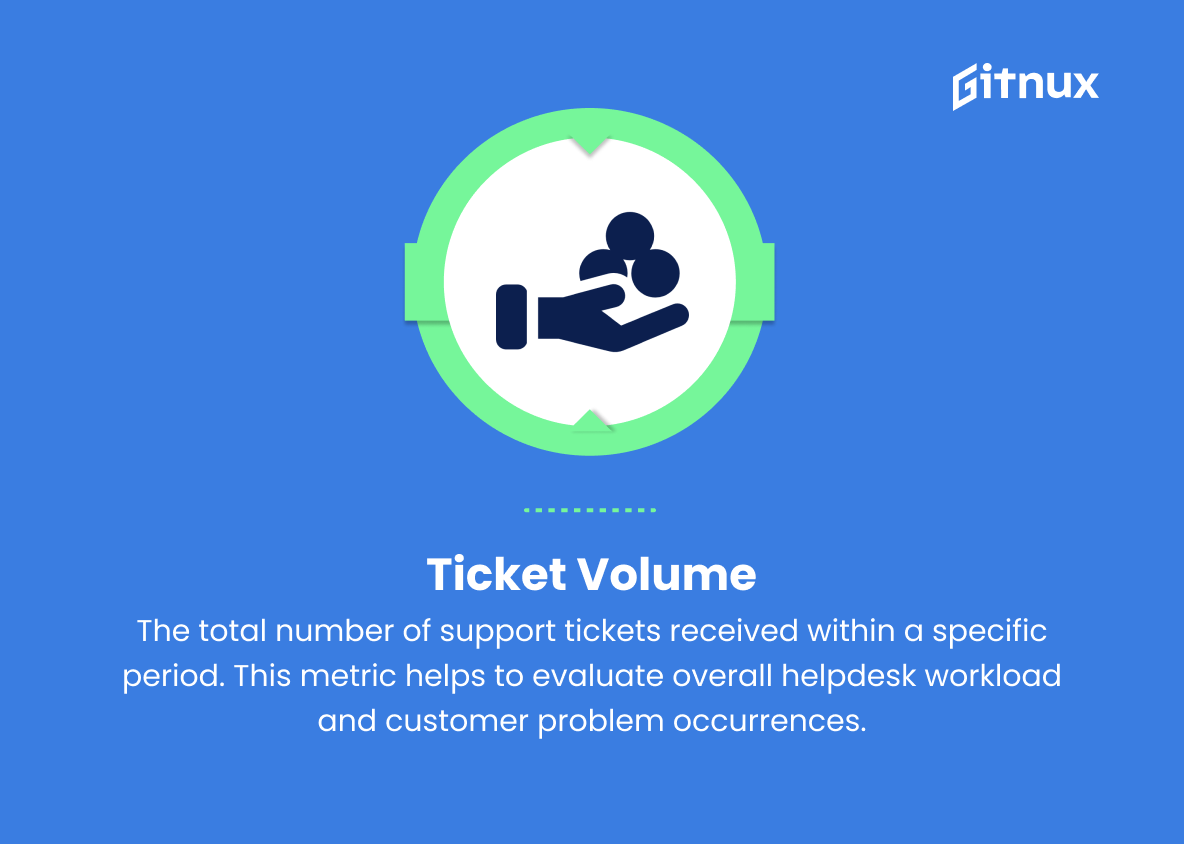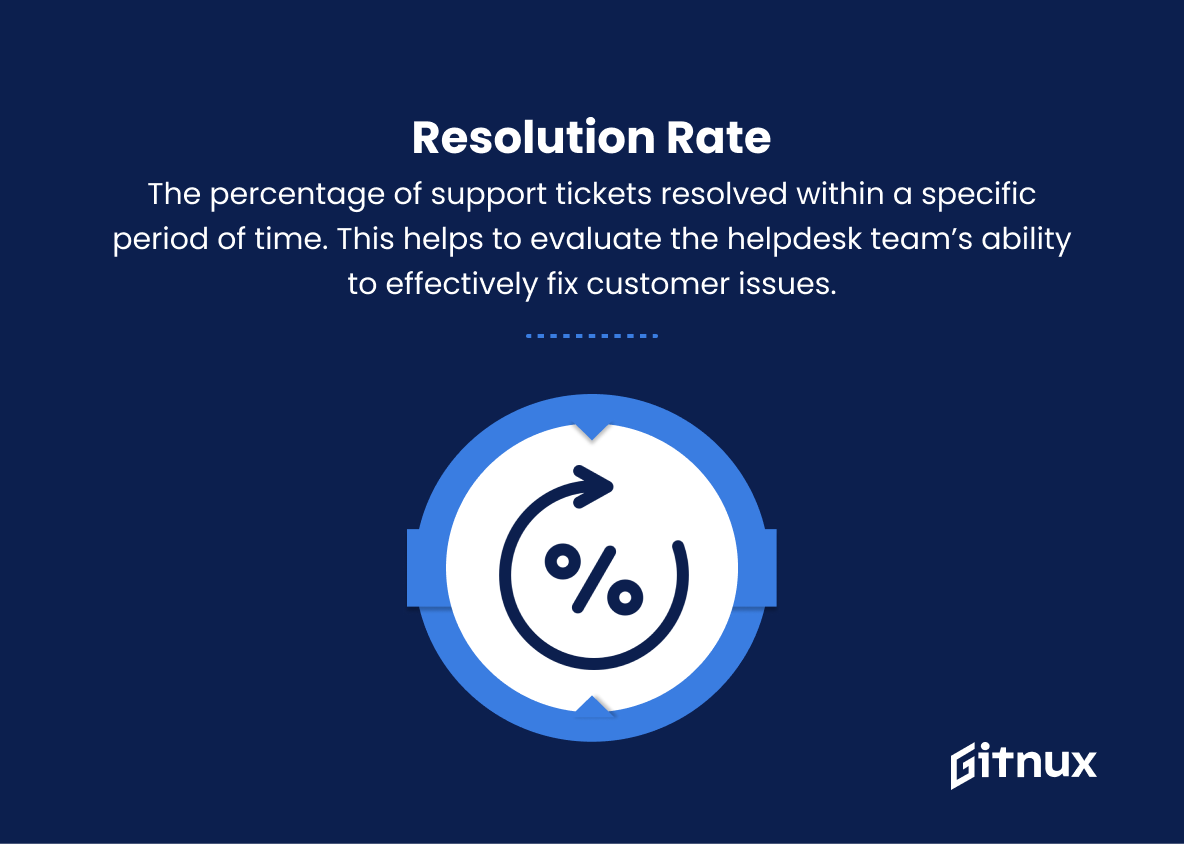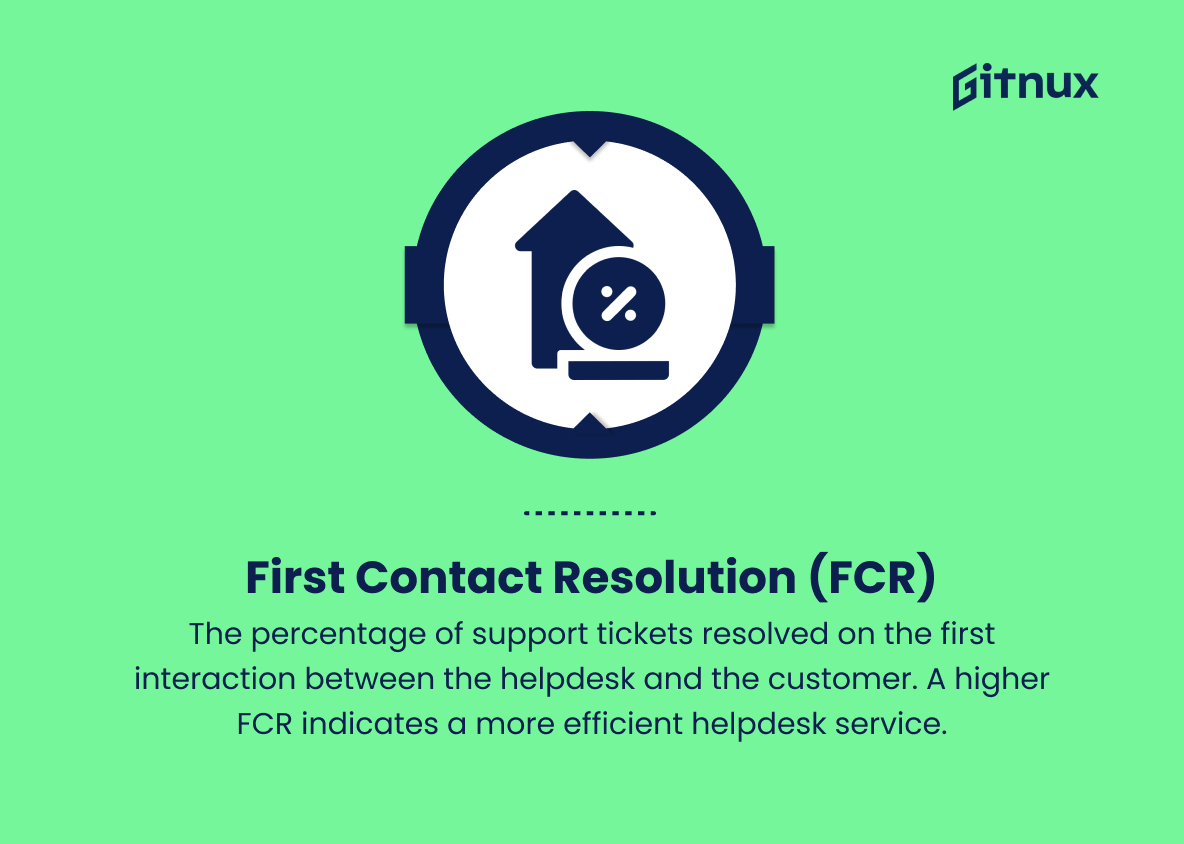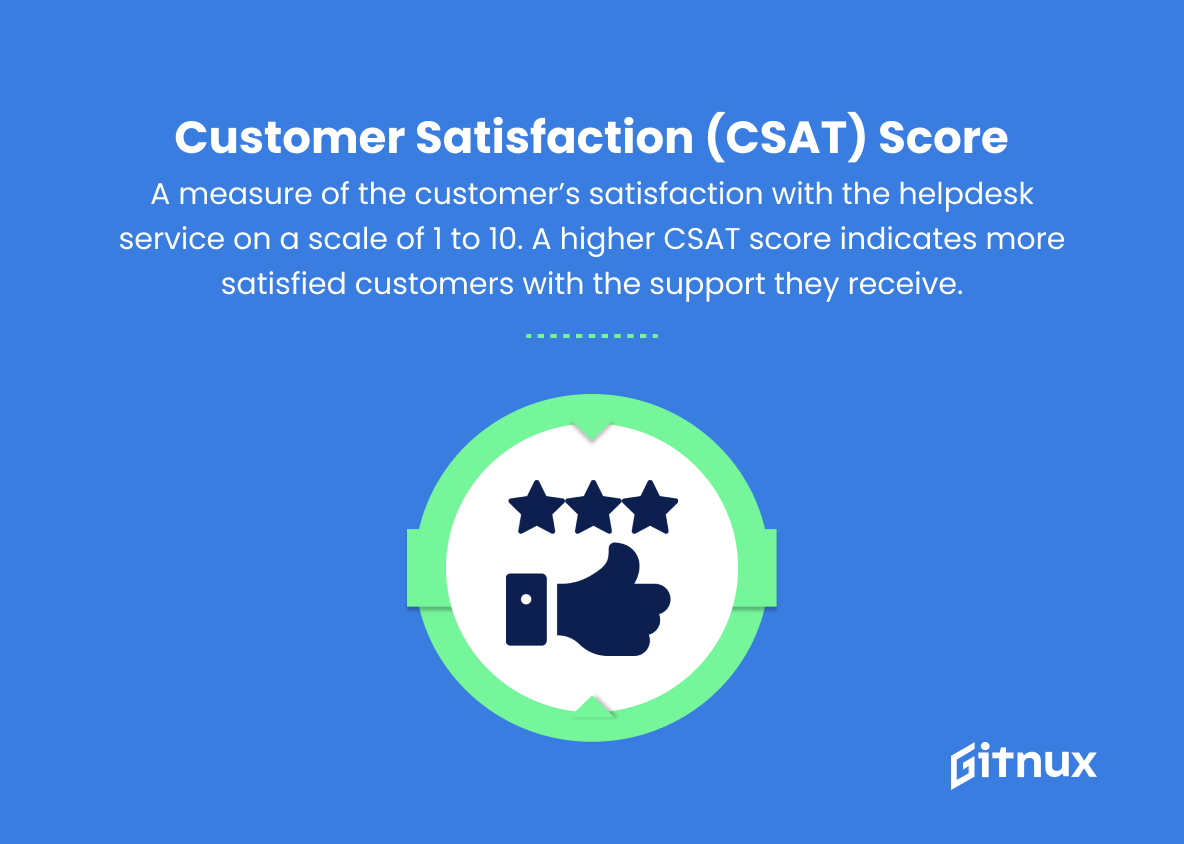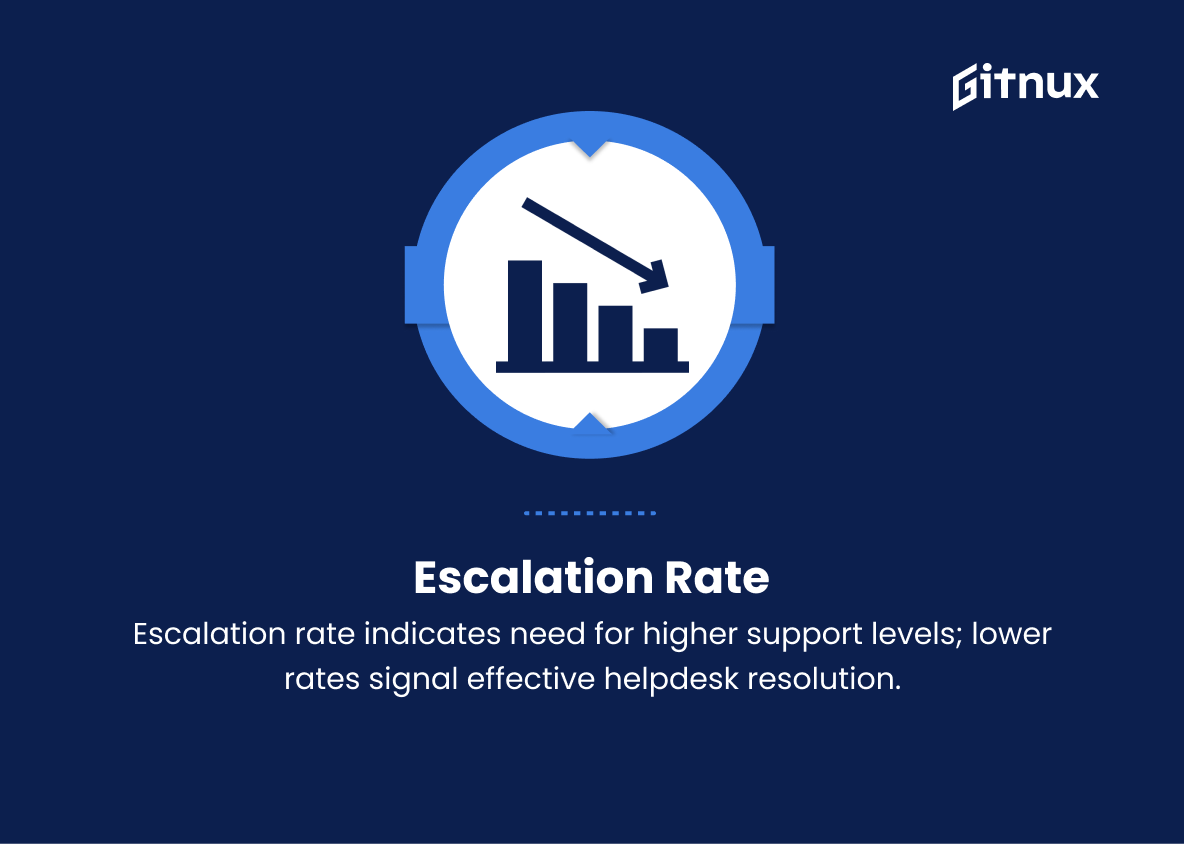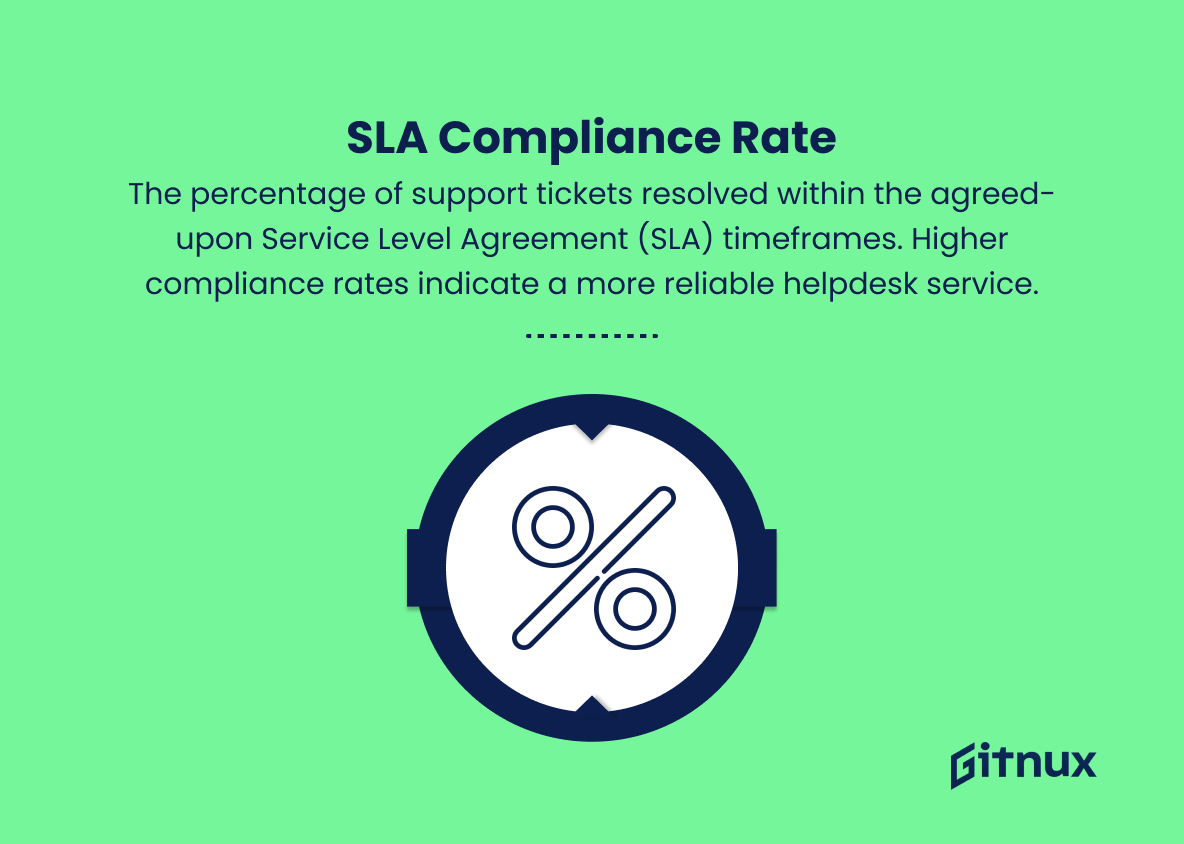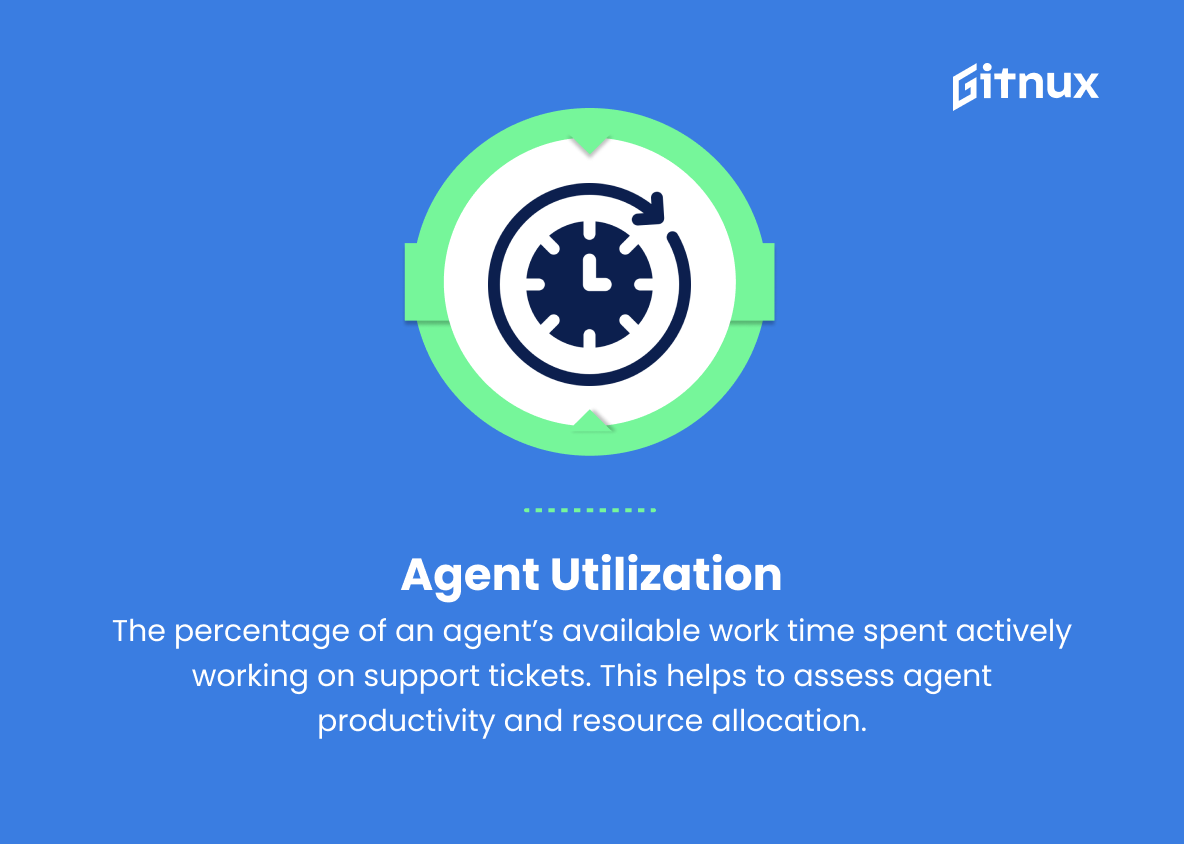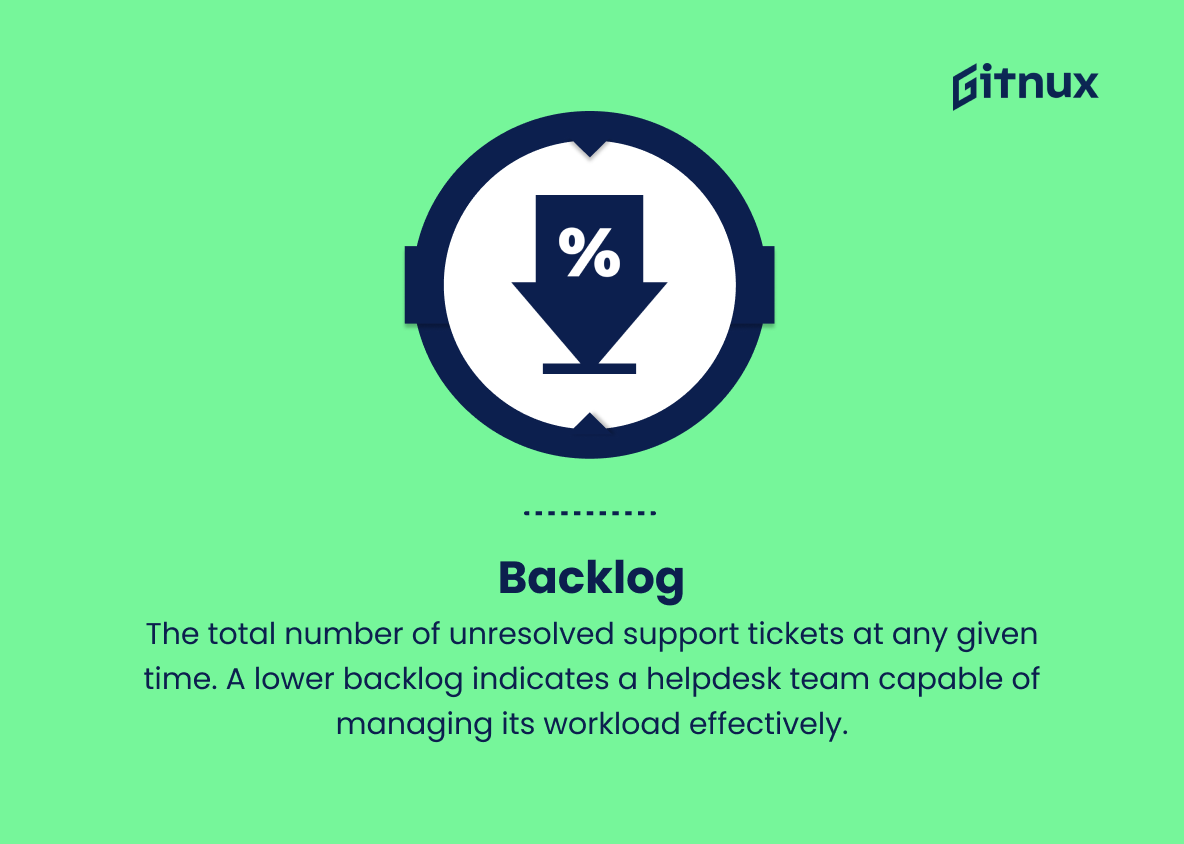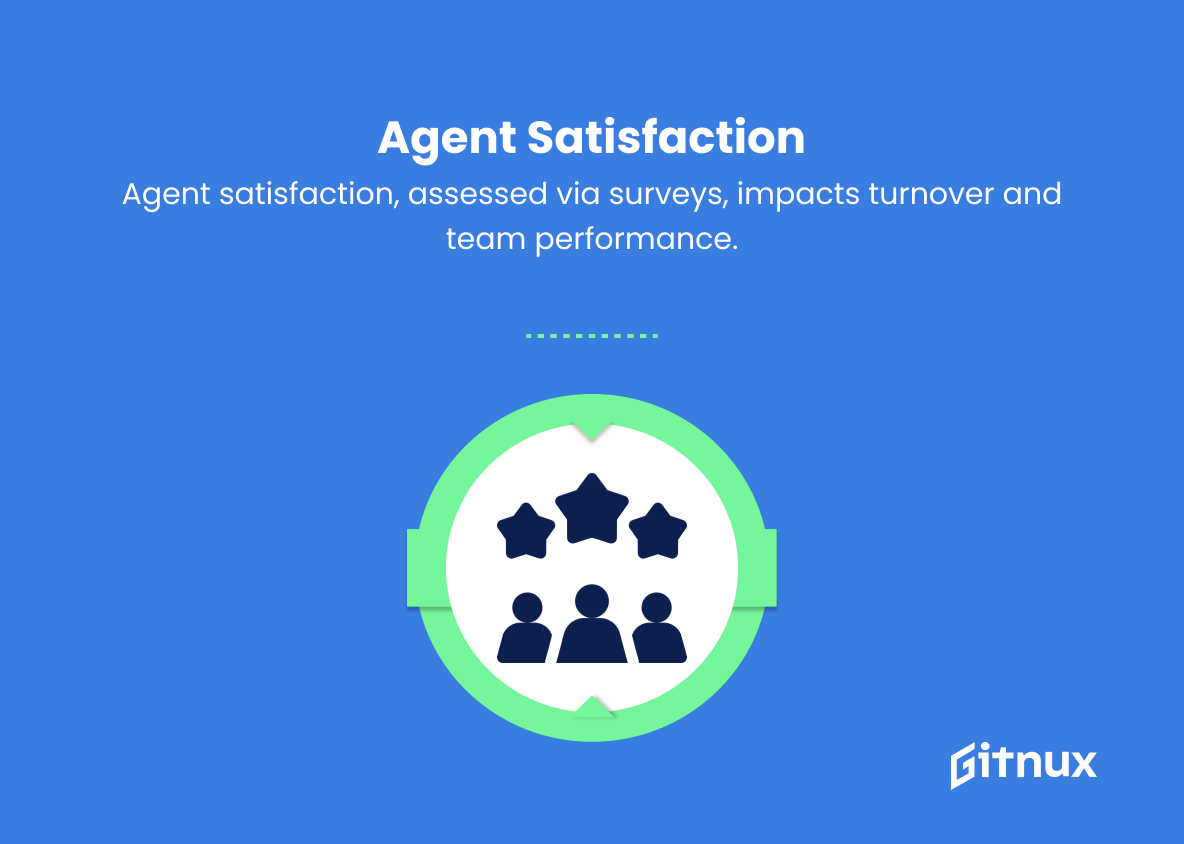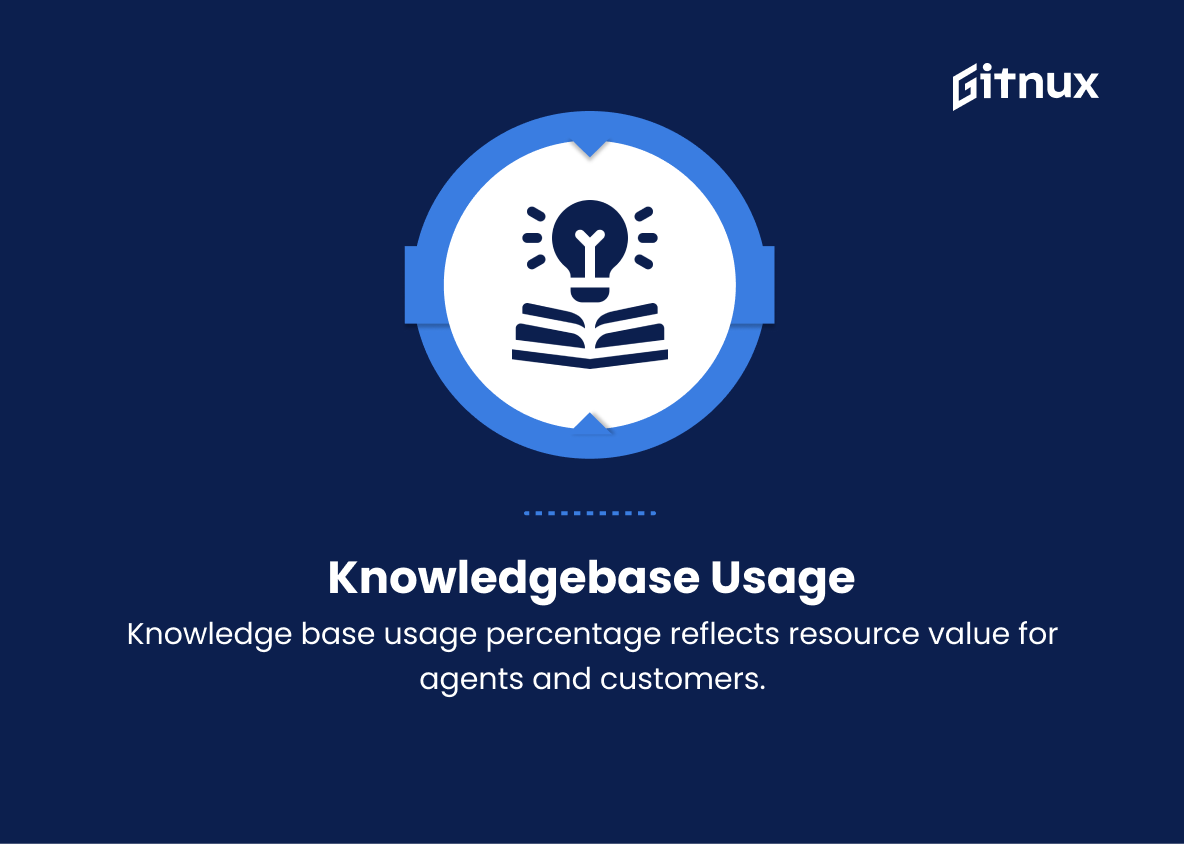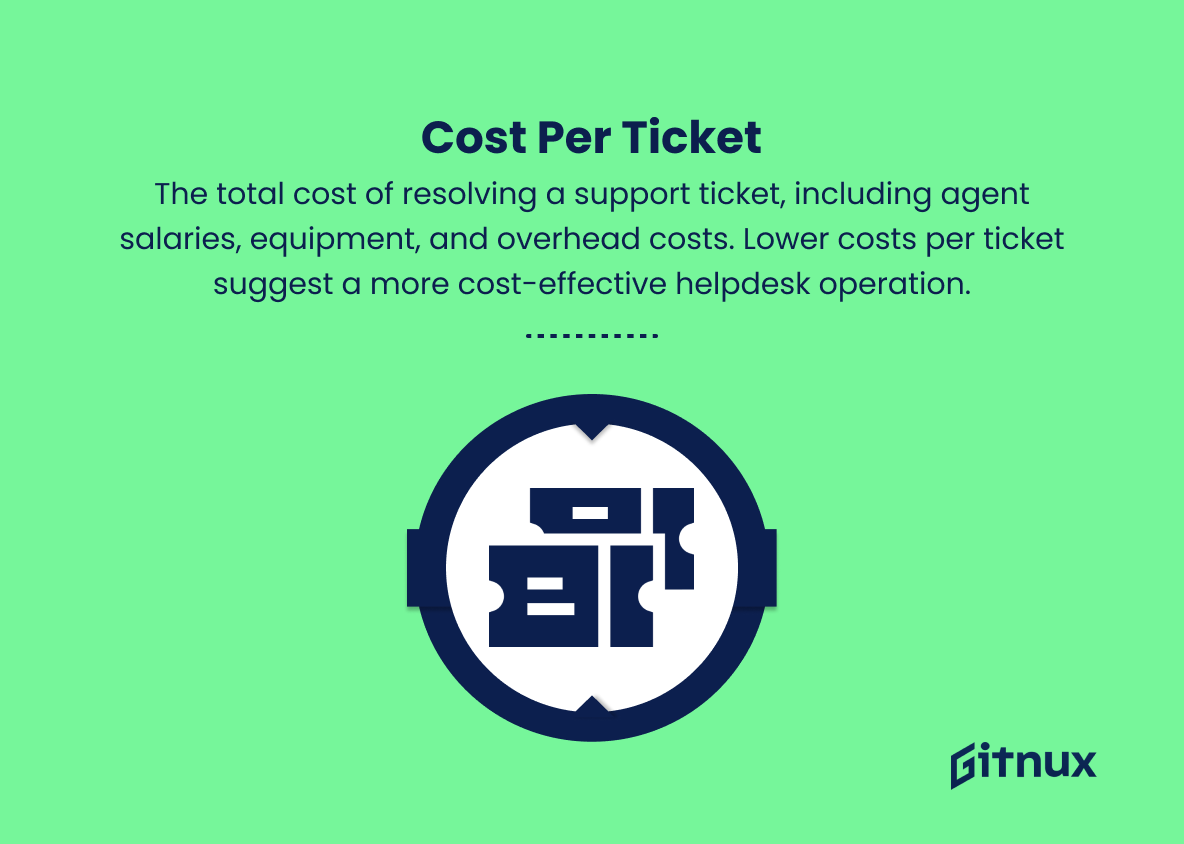In today’s rapidly evolving technological landscape, a highly efficient and effective help desk service is no longer just an organizational asset but an absolute necessity. To ensure that the help desk team consistently delivers top-notch support to end-users, it is crucial to measure and monitor their performance using key performance indicators (KPIs).
This blog post will delve into the significance of Help Desk KPIs, examining the critical metrics that can help organizations not only optimize their support services, but also enhance user satisfaction and overall business productivity. So, buckle up as we navigate through the world of help desk performance analysis and unlock the key to consistently superior service.
Help Desk KPIs You Should Know
1. First Response Time
The average time it takes for a help desk agent to respond to a customer’s request. This is crucial for customer satisfaction and gauging the efficiency of the help desk team.
2. Resolution Time
The average time taken to resolve a customer issue or request. A shorter resolution time indicates a more effective help desk.
3. Tickets Closed
The number of support tickets successfully resolved and closed by the help desk team within a specific time period.
4. Customer Satisfaction Rate
A rating or score provided by customers, typically through follow-up surveys, indicating their satisfaction with the support received.
5. Abandoned Call Rate
The percentage of customer calls that are abandoned before they can be addressed by an agent. A high abandoned call rate could signify a need for more agents or better call routing systems.
6. First Contact Resolution (FCR) Rate
The percentage of support requests resolved by the help desk on their first interaction with the customer. A higher FCR rate indicates a more efficient and knowledgeable help desk team.
7. Escalation Rate
The percentage of support tickets that require escalation to higher tiers or specialists for resolution. A lower escalation rate can indicate a more competent help desk team.
8. Backlog
The total number of unresolved tickets in the help desk queue at any given time. A consistently low backlog indicates that the help desk is effectively managing its workload.
9. Ticket Reopen Rate
The percentage of closed support tickets that are later reopened due to unresolved issues or customer dissatisfaction. A low ticket reopen rate shows that issues are being thoroughly resolved the first time around.
10. Agent Utilization
The percentage of an agent’s work hours spent actively working on support requests. A higher agent utilization rate suggests efficient use of resources and better productivity.
11. Cost per Ticket
A measurement of the total costs associated with resolving a single support ticket. This can help organizations identify cost-saving opportunities and set benchmarks for success.
12. Agent Turnover Rate
The percentage of help desk agents who leave the organization over a given time period. A high turnover rate can negatively impact team morale and customer satisfaction.
13. Average Handle Time (AHT)
The average time an agent spends on each customer interaction, including talk time, hold time, and after-call work. A lower AHT indicates that agents are able to resolve customer issues more quickly and can handle more tickets.
14. Knowledge Base Usage
The percentage of support tickets where agents consult the knowledge base for assistance in resolving an issue. Higher knowledge base usage indicates a more robust and helpful internal resource for agents.
15. Ticket Channel Distribution
The breakdown of support requests across various channels (e.g., phone, email, chat) from customers. Understanding where requests are coming from helps determine resource allocation and potential areas for improvement.
Help Desk KPIs Explained
Help Desk Key Performance Indicators (KPIs) are critical to evaluating the efficiency, effectiveness and customer satisfaction of your support team. Metrics such as First Response Time and Resolution Time play a critical role in ensuring prompt attention and higher satisfaction. Additional KPIs such as Tickets Closed, Customer Satisfaction Rate, and First Contact Resolution Rate reveal the help desk’s effectiveness in resolving issues.
Monitoring Backlog and Ticket Reopen Rate ensures timely resolution, while metrics such as Agent Utilization, Cost per Ticket, and Agent Turnover Rate provide insight into resource efficiency and employee morale. Collectively, these KPIs contribute to a customer-centric help desk.
Abandoned Call Rate and Escalation Rate highlight areas for improvement, such as agent capacity or call routing systems. Tracking Average Handle Time and Knowledge Base Usage reflects agent speed and the usefulness of internal resources. Understanding ticket channel distribution helps allocate resources and identify improvements to communication channels. Together, these KPIs promote a more efficient and effective help desk.
Conclusion
In summary, help desk KPIs play a pivotal role in measuring the efficiency and effectiveness of your support team. They provide valuable insights that can guide improvements, streamline processes, and enhance customer satisfaction. As businesses continue to evolve and customer expectations increase, staying current with key performance indicators is crucial for maintaining a competitive edge.
By consistently evaluating and refining these metrics, organizations can develop a robust and agile help desk that not only meets but exceeds the expectations of their clients, creating a strong foundation for long-lasting success.
